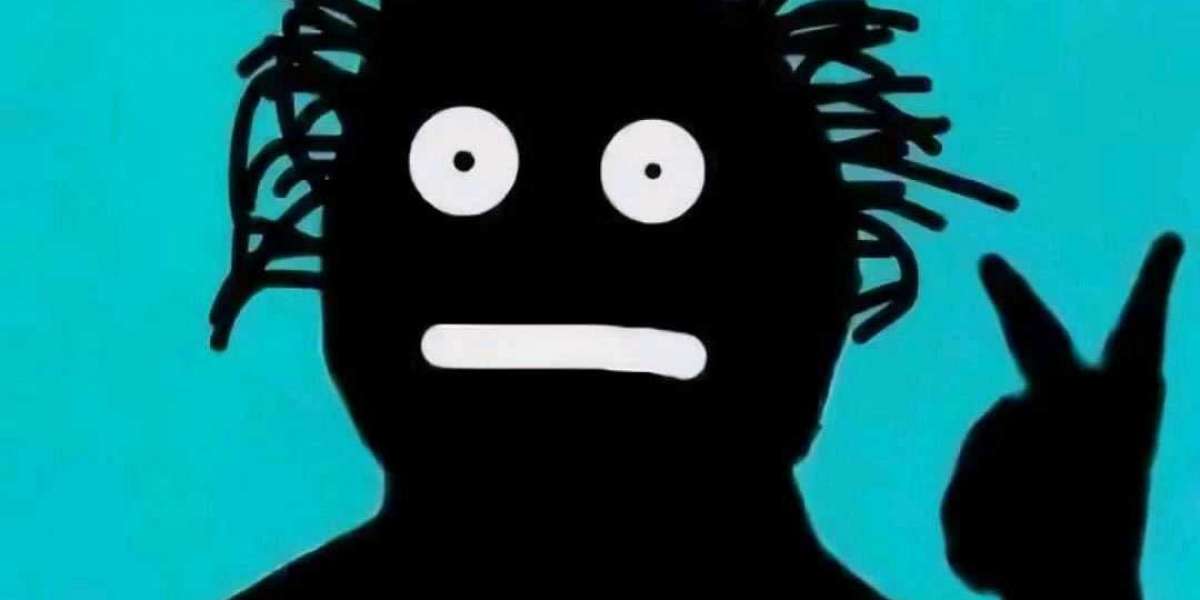Depression can range from mild to severe and may manifest differently for each person. Common symptoms include persistent sadness, loss of interest in activities, fatigue, changes in appetite or sleep, difficulty concentrating, feelings of worthlessness, and even thoughts of self-harm or suicide. It can be triggered by various factors including genetics, chemical imbalances, trauma, life stressors, or co-existing medical conditions.
Types of Depression Treatment
Effective Depression Treatment often involves a combination of approaches tailored to the individual’s needs. Here are the most commonly used methods:
1. Therapy and Counseling
Talk therapy, also known as psychotherapy, is a cornerstone of depression treatment. The most widely used therapies include:
Cognitive Behavioral Therapy (CBT): Helps individuals recognize and change negative thought patterns and behaviors.
Interpersonal Therapy (IPT): Focuses on improving communication and relationship skills.
Psychodynamic Therapy: Explores unconscious patterns rooted in past experiences.
Therapy can be done individually, with a partner, in groups, or with family, depending on what works best for the person.
2. Medication
Antidepressants are often prescribed to help balance brain chemicals that affect mood and emotions. Selective serotonin reuptake inhibitors (SSRIs) and serotonin-norepinephrine reuptake inhibitors (SNRIs) are the most common. It’s important to remember that medication may take several weeks to show effects and should always be taken under medical supervision.
3. Lifestyle Changes
Small lifestyle adjustments can significantly support recovery from depression. These may include:
Regular physical exercise, which boosts mood-enhancing endorphins.
Eating a balanced, nutritious diet.
Establishing a regular sleep schedule.
Reducing alcohol or drug use.
Practicing mindfulness, meditation, or yoga to manage stress.
4. Support Systems
Social support plays a key role in healing. Joining support groups, maintaining close connections with friends and family, or simply talking to someone you trust can make a big difference. Feeling understood and accepted reduces the isolation that often accompanies depression.
5. Advanced Treatments
For severe or treatment-resistant depression, additional options such as electroconvulsive therapy (ECT), transcranial magnetic stimulation (TMS), or ketamine therapy may be recommended by specialists.
Taking the First Step
Acknowledging the need for help is a brave and crucial first step. Depression treatment is not about “snapping out of it”—it’s about working with professionals to rebuild mental and emotional strength. Recovery is possible, and seeking treatment can lead to profound, lasting improvement in life.
Final Thoughts
Depression can feel overwhelming, but it doesn’t have to define your life. With the right treatment plan, support, and time, healing is absolutely possible. Whether you're struggling yourself or supporting someone else, remember: help is available, hope is real, and a brighter future awaits.


